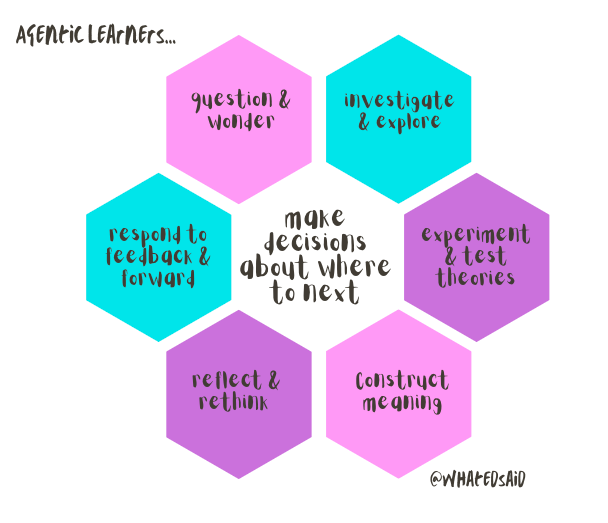“School culture is a manifestation of the relationships, beliefs and values of a learning community. It shapes the ways members act and interact, and expresses the principles and values that underpin thinking and communicating.” (IB PYP Principles into Practice 2020)
We know what we value in the members of our learning community (the attributes of the IB learner profile) and we know what we believe about learning (our learning principles). This year we have chosen to revisit those and focus on alignment of actions with values and beliefs.
‘Live it, don’t laminate it’, has long been our mantra, but it’s time for a deeper exploration of what it means to walk the talk, using the eight cultural forces as a lens for exploring, and a means for enculturating, the attributes of the Learner Profile and our Learning Principles. We launched the focus in our first day workshop for K-6 educators.

LEARNER PROFILE
Keeping in mind the cultural forces of time, language, modelling, interactions, expectations, routines, opportunities and environment, the following questions were explored.(Try it!)
Inquirer
How might we (continue to) build a culture of curiosity?
Knowledgeable
How might we build a culture that encourages engagement with local and global issues?
Open minded
How might we build a culture where exploration of different perspectives is valued?
Caring
How might we build a culture based on empathy and compassion?
Thinkers
How might we build a culture of critical, creative and ethical thinking?
Communicators
How might we build a culture of respectful communication and collaboration?
Principled
How might we build a culture that encourages honesty, integrity and sense of justice?
Risk takers
How might we build a culture that encourages experimentation, innovation and resilience?
Balanced
How might we build a culture that strives for intellectual, physical and emotional balance?
Reflective
How might we build a culture in which we thoughtfully consider our strengths, ideas and experiences?
LEARNING PRINCIPLES
In order to revisit our learning principles in context, teachers shared examples of meaningful learning through powerful inquiries they have led or experienced, while others identified the learning principles that were evident. The power of teachers sharing learning, their own and that of their students, is energising and inspiring; noticing and naming beliefs in action adds another dimension!
Then, keeping in mind the cultural forces, we revisited and unpacked each of the learning principles.
- We learn in different ways, depending on abilities, preferences and interests.
- Learning takes place through inquiry: questioning, exploring, experimenting and problem solving.
- Learning occurs by acquiring skills and knowledge, constructing meaning and transfer to other contexts.
- Learning is active and social and best takes place through collaboration and interaction.
- Learning takes place when we feel secure, valued and are able to take risks.
- Learning needs to be challenging, meaningful, purposeful and engaging.
- Learning includes meta-cognition and reflection, and requires learners to take ownership of their learning.
The plan is for teams to engage in collaborative action research underpinned by these beliefs, as the year unfolds.
LEARNER FOCUS
While the theme of ‘walking the talk’ will be integrated into student learning in the younger years too, the central idea for a year-long unit for our upper primary students is ‘Our actions reveal who we are as individuals and as a community‘. The conceptual understandings below could well invite lifelong reflection!
We can reveal our values through our actions
- I can make connections between my values and actions.
- I can make decisions about actions based on my values.
Our actions affect the way people perceive us
- I can think critically about my assumptions and perceptions of others.
- I can engage in reflective conversations about my own actions.
Through action and reflection, we can grow and change
- I can describe changes and growth in my actions and values over time.
- I can decide who I want to be every day.
Apparently we’re not the only ones thinking about this currently… (Sign spotted locally by one of our leaders)






